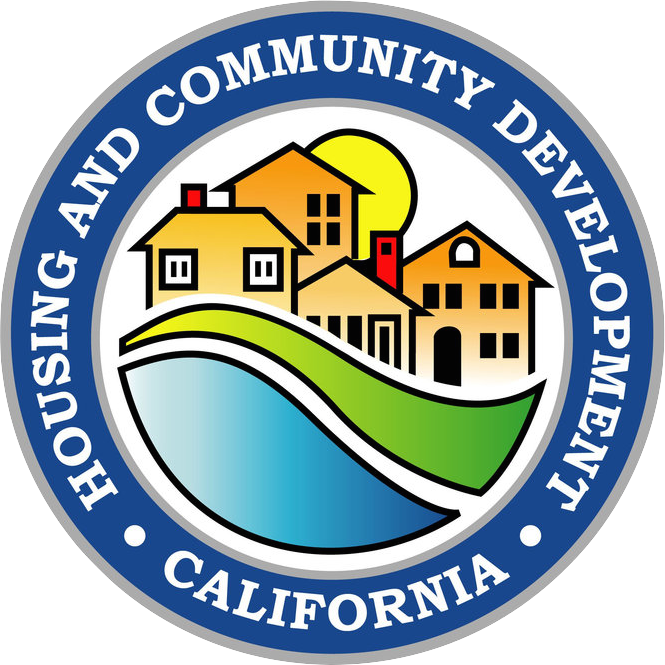National Housing Trust Fund (NHTF) projects must comply with Federal Housing Trust Fund (HTF) Environmental Provisions, which is a specialized federal environmental review for NHTF projects.
The Environmental Provision requirements and guidance are described in HUD Notice: CPD-16-14 (PDF).
HTF Environmental Provisions are outcome based and exclude agency consultation procedures that are typical under 24 Code of Federal Regulations (CFR) Part 58. This means that every environmental category must comply with HTF Environmental Provisions, or the project cannot use NHTF funds. HTF Environmental Procedures also do not require a level of review determination, public comment period, request for release of funds and certification, and authority to use grant funds.
HTF projects can be new construction or rehabilitation of public housing units and must meet the property standards described in 24 CFR §93.301, which includes HTF Environmental Provisions. Environmental mitigation is not an option for NHTF projects.
Please note: Caution should be used when combining NHTF Funding with other funding sources to avoid choice limiting actions and ensure that the other grant funding environmental requirements can be upheld.
Additional information can be found in our NHTF FAQs (PDF).
Step-by-step instructions to prepare the environmental review.
Compliance information by topic (ex. wetlands, coastal zones, farmland, etc)

